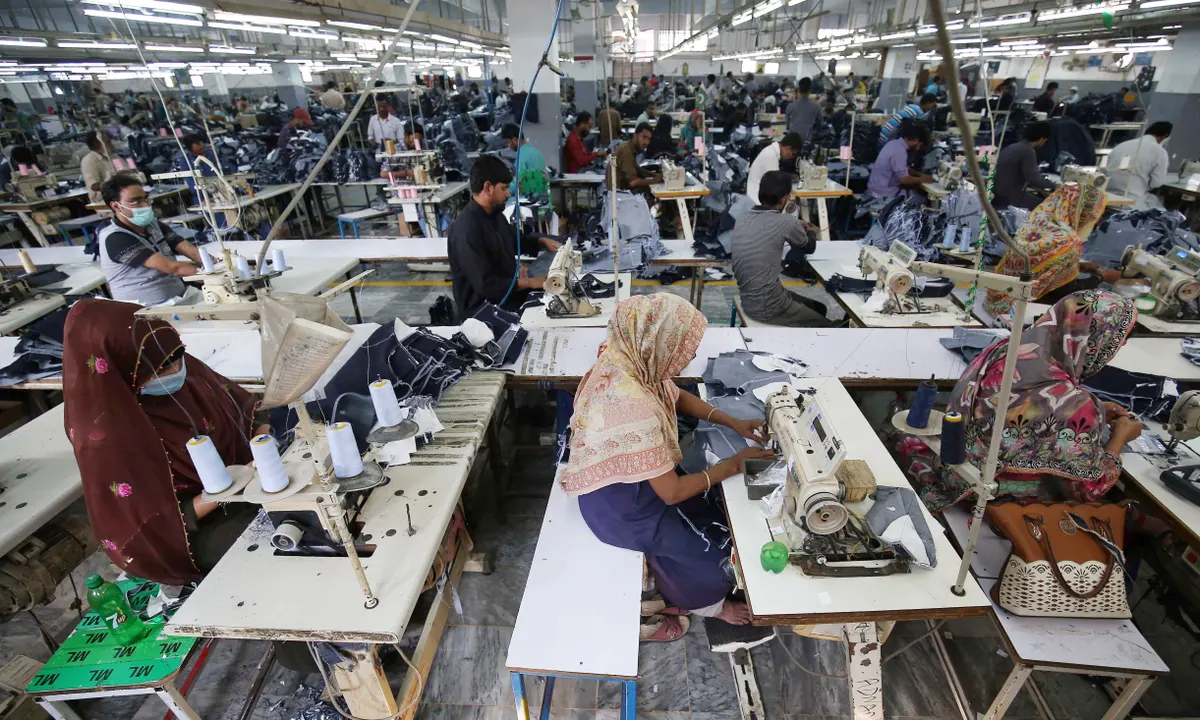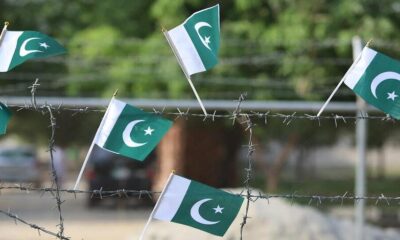Business
Understanding the Implications: Behind the Closure of 1,600 Textile Units in Pakistan
With over 1,600 textile factories ceasing operations in just over a year, Pakistan grapples with industry-wide challenges. As the government unveils strategies for recovery, we dive deep into the causes, consequences, and potential remedies for this pressing issue.”

Islamabad, September 3, 2023 – Pakistan’s textile sector, a significant contributor to the nation’s GDP, is enduring challenging times. Interim Commerce Minister Dr. Gohar Ijaz recently confirmed the closing of over 1,600 textile factories within the last 16 months, casting shadows over the industry’s future.
These closures encompass the entire textile production process, from raw material procurement like ginning to the final garment manufacturing stage. An alarming detail from the revelations was that these aren’t just closures; several operational factories are grappling with reduced production scales. As per Dr. Ijaz, about a fifth of the full capacity installed in the textile and apparel sectors was affected in this period.
However, this isn’t just a tale of declining numbers. The story becomes intricate when we probe into the reasons behind these shut-downs. From mounting operational costs, inconsistent power supply, outdated machinery, and lack of skilled labor to global trade restrictions, the reasons are multifaceted.
Pakistan’s Exports in Recent Months (source: Pakistan Bureau of Statistics (PBS))
| Month/Year | Exports (in billion) | % Change (YoY) |
|---|---|---|
| August 2022 | $2.48 billion | – |
| July 2023 | $2.07 billion | -16.5% |
| August 2023 | $2.36 billion | -4.8% |
The recent data from PBS paints a vivid picture: A YoY decline in exports but a noteworthy recovery from July to August 2023. Dr. Ijaz attributes the MoM improvement to the interim government’s strategies, signifying the transformative potential of robust policy-making. The minister remains optimistic about the sector’s revival. He shared plans about a strategic framework in the pipeline, which aims to revitalize the industry. Key initiatives include introducing competitive energy tariffs, ensuring quicker refund payments, and widening market reach.
Interestingly, the interim cabinet under Prime Minister Anwaar-ul-Haq Kakar’s leadership, which assumed office on August 17, seems to have positively influenced the sector within a short span. As these strategies get implemented, industry stakeholders and workers alike are eyeing a brighter horizon.
With the government’s proactive approach and the industry’s resilience, there’s hope that Pakistan’s textile sector might soon thread a story of resurgence and growth.
Note: The figures mentioned above are based on the latest available data from the Pakistan Bureau of Statistics.











